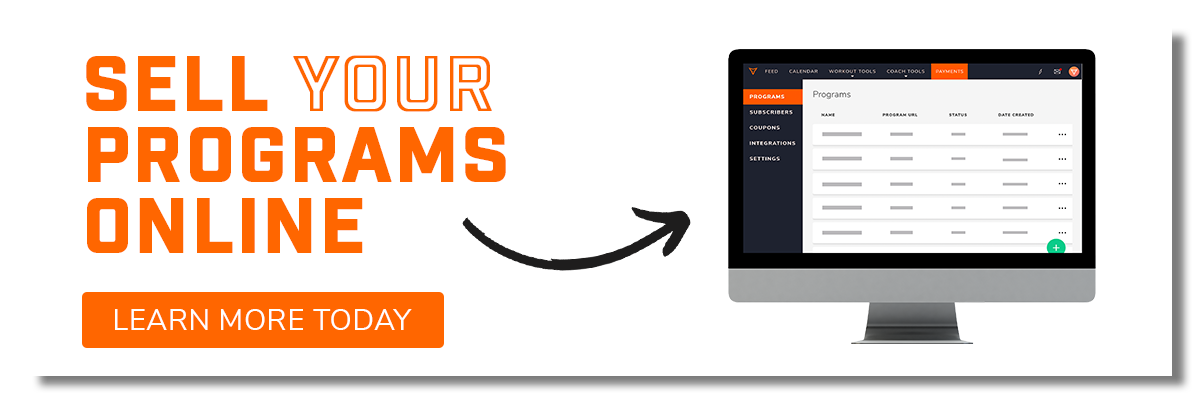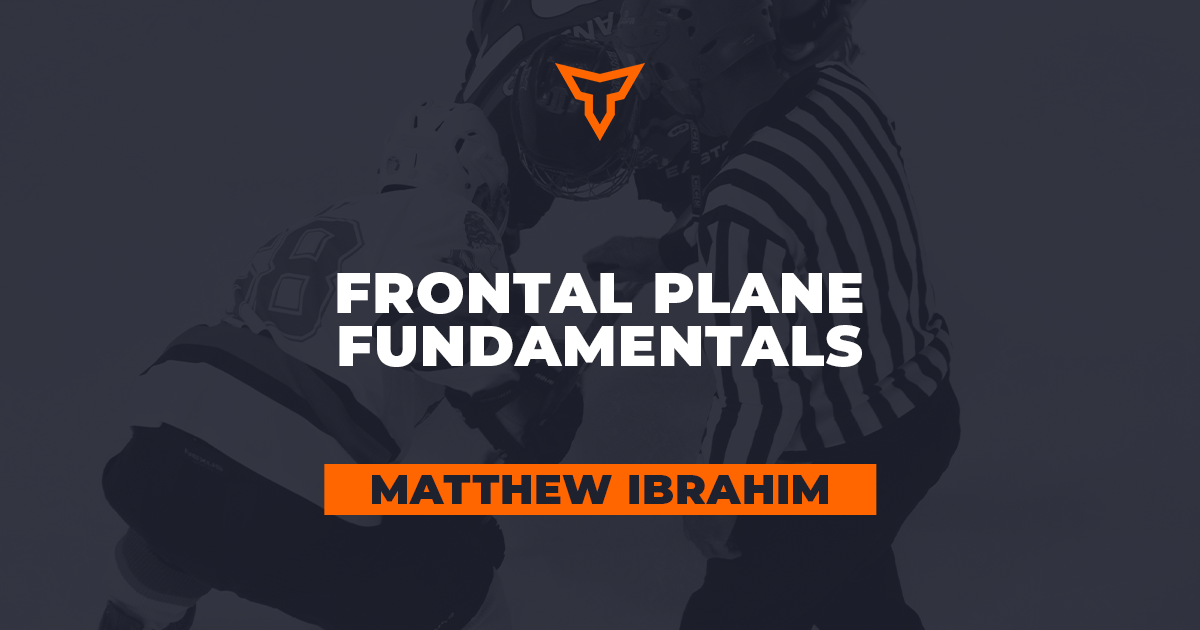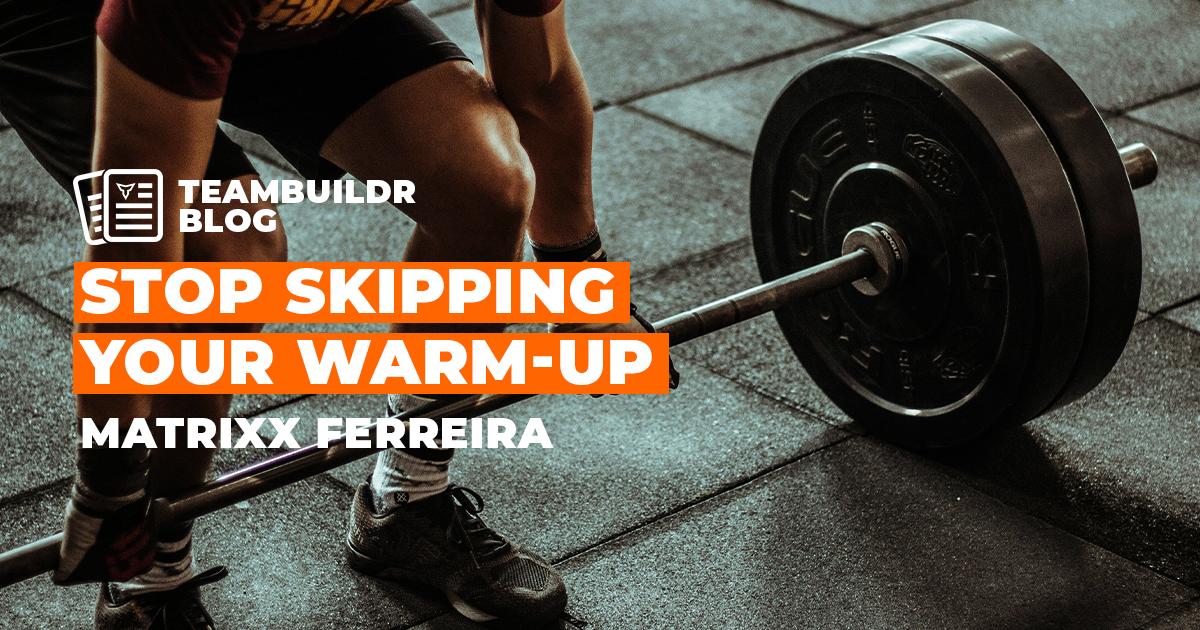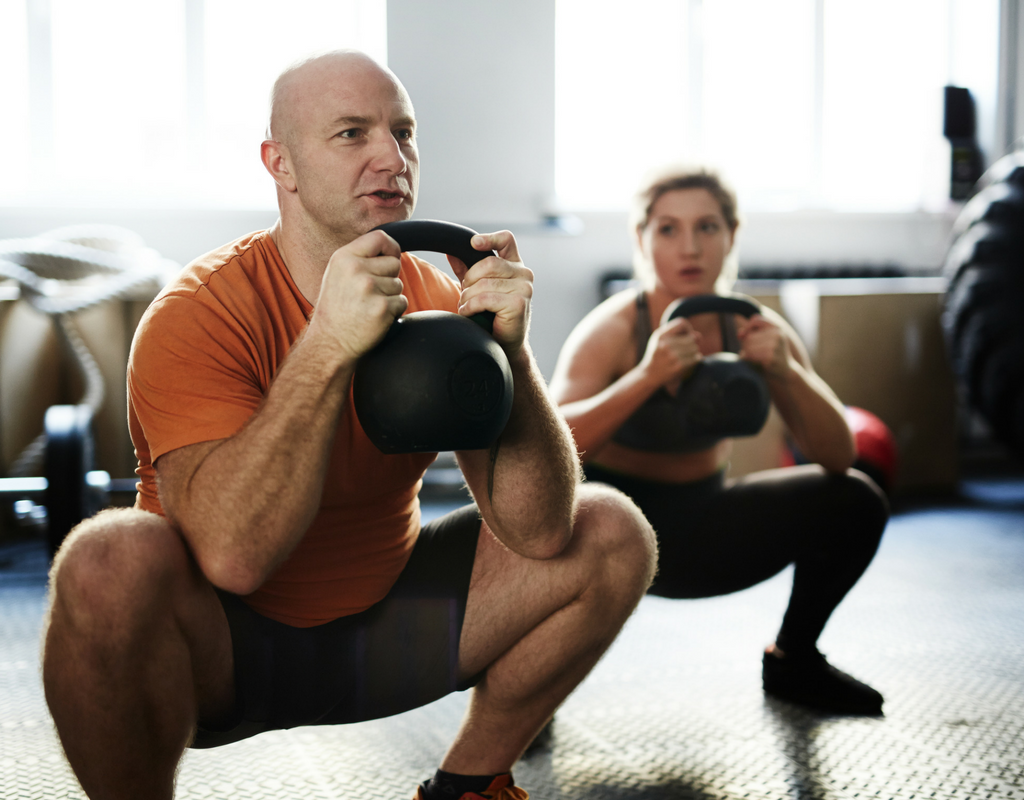3 Principles for Improving General Population Movement
As a coach, I am constantly auditing my client’s training programs to ensure the program is setting up the client for success. Working with general population (gen pop) clients doesn’t typically result in setting up the program for a major culmination like a championship in the collegiate or professional realm. In the gen pop world, the trainer is after consistency with their clients and hopes the client will continue to train with them in the long term. Because of this, the trainer must consider 2 important aspects:
- How do I keep a client from getting hurt?
- How do I keep a client progressing over a long period of time?
This article will shed some light into my thought process as a trainer and my 3 principles for movement progressions to help keep a client improving without getting hurt.
Principle 1: Include Constraints and Reference Points
As a trainer, you are exposed to clients from all walks of life. Some clients are former athletes and weekend warriors who move well and demonstrate solid technique after only a few training sessions. Others move like the inflatable tube man that you see blowing in the wind outside of your local automotive dealership. I often train the clients who are like the inflatable tube man and my goal is to get them to move optimally in as few sessions as possible.
When starting out with these clients, I like to provide as many constraints and references as possible which is a concept I learned from Dr. Pat Davidson. According to Dr. Davidson, constraints are barriers to movements occurring in undesirable ways (Davidson, 2020). References are defined as feeling specific areas of your body while performing an exercise. Since the inflatable tube clients often lack any knowledge of what an exercise is supposed to feel like, I often provide them with a machine-based exercise like the hack squat which has built in constraints and reference points. Machines provide constraints since they travel among a fixed path (Davidson, 2020). The hack squat travels straight up and straight down, so the inflatable tube client doesn’t have to worry about deviating from side to side. The hack squat provides a reference point with the pads resting against the back and on the shoulders, as well as the platform for the feet to push against. After a quick demonstration and showing the inflatable tube client where to place their feet, the squat is performed which provides the client with a novel stimulus while offering the opportunity to learn this movement in an easier manner compared to squatting in space without any reference points.
The example of the hack squat is just one way to incorporate constraints and references into your program. Training via tempo is another way to incorporate constraints and is a great teaching tool to prevent unwanted movement. Including eccentrics and isometrics is a great way to teach the client what different positions within the exercise feels like and it provides a constraint for the weight used. It is important to me that the client learns optimal technique rather than solely focusing on the weight.
As the client progresses, I have the option to remove constraints and reference points. If using a tempo previously, the trainer can remove the tempo and have the client perform the exercise naturally. The program can evolve as it moves from a machine centric program to one that is focused on free weights. Within the free weight program itself, the exercises can progress by including constraints and references initially to reducing them later. An example is the dumbbell chest supported row, which provides the bench as a reference point for the chest. Progressing to a 3-point dumbbell row removes the reference that the bench provided during the chest supported row. Thinking about exercise selection in regard to constraints and references helps the trainer have a roadmap for knowing how to properly progress exercises. It also provides the client with the opportunity to learn the patterns associated with the movements.
Principle 2: Choose Lower Threshold Exercises of Major Movement Patterns
I program most of my clients on a 3-day full body split which emphasizes a squat, hinge, push, pull, and lunge. Knowing that my clients don’t care about how much they squat or bench with a barbell, I don’t have to get them there as part of their movement progression. Most of my clients simply want to look good naked or even more generically, “they just want to work out.”
As a strength coach or trainer, it’s easy to want to underestimate the effects of an exercise like the goblet squat. It’s seemingly low load and most individuals want to immediately work on training with the barbell. That is totally cool, but remember it all comes back to your client goals, training history, and what you learn from their movement screen. A goblet squat can be an extremely effective exercise for the client who hasn’t trained in 5 years and sits in a chair analyzing block chain all day. However, it may not be the best choice for your college lineman who is at home and training for the summer. For the majority of your personal training clients, you can likely use a low-level exercise like a goblet squat and have it in the program for an extended period.
Using the reference and constraint principle, I can program a goblet squat with heels elevated on squat wedges as either a teaching tool to learning the squat initially, or as a movement that appears throughout multiple training cycles. The squat wedges provide both a constraint and reference point so the client knows that their heels shouldn’t lift off the wedges and to feel their heels while squatting. Providing tempo to this exercise can make this feel extremely difficult and even serve as a progression to some of your clients.
I also like choosing lower threshold exercises since they often provide the opportunity to move through a complete degree of freedom of every joint without pain or restriction. For the upper body, most individuals are going to feel better with a neutral grip dumbbell bench press versus a straight bar bench press. The neutral grip dumbbell bench also allows more range of motion as compared to the barbell. A movement screen is helpful to know what positions or movements cause pain in your clients and it’s up to you as the trainer to choose exercises which accomplish the goal without leading to pain or restriction. Set your clients up for success.
Principle 3: Create Progressive Overload Beyond Load
I still want my clients to be “strong” however that is defined for them, and I increase load systematically over time. However, you likely aren’t chasing PR’s week after week with your training clients since weight training is new to many of them and learning proper technique takes time. As discussed in both Principle 1 and 2, increasing time under tension via tempo can be a great way to progress an exercise without adding load. Exercises can also be progressed by removing constraints and references. Exercises can also be sped up by focusing on the velocity component.
Exercises that fall into the high velocity component include kettlebell swings, variations of the Olympic movements, jumps and plyometrics, and sprinting. While you can make the argument that the majority of your clients don’t need this type of training, it is important to remember that your ability to generate power declines at a greater rate than strength. You are literally training your clients for life and helping them to reduce the likelihood of falling as they age. How’s that for making an impact as a trainer?!
For the exercises listed above, you of course need progressions to get there. You will likely teach the RDL before the kettlebell swing, a med ball throw or dumbbell snatch before an Olympic movement, and box jumps rather than jumping over an object. Again, I typically choose lower threshold exercises of these major movement patterns and have the client progress over time. I like to have clients sprint, but it isn’t in the cards for each one. However, that doesn’t mean I can’t provide them with a high velocity, high power exercise like sprints on the air bike or Versa Climber. It’s important to have multiple tools available for the goals you and your clients want to accomplish.
I hope this article provided you with a brief overview of the 3 principles I incorporate while improving gen pop client’s movement progressions. Including constraints and reference points is a great way to introduce and teach proper technique of your major movement patterns. Choosing lower threshold variations of the major movement patterns provides your clients with the highest likelihood of performing movements without pain or restriction. Creating progressive overload in other ways beyond load ensures your client is continually adapting and helps train other qualities like power, which is important as we age. Using these 3 principles have helped me keep my clients from getting hurt, while progressing over time. I hope these help you in improving the lives of your own clients.

References:
Davidson, P. (2020). A Coach’s Guide to Optimizing Movement: Rethinking the Big Patterns.
Subscribe to our blog
Subscribe to receive the latest blog posts to your inbox every week.
Related posts

Frontal Plane Fundamentals

Stop Skipping Your Warm-Up: Key Benefits Explained

